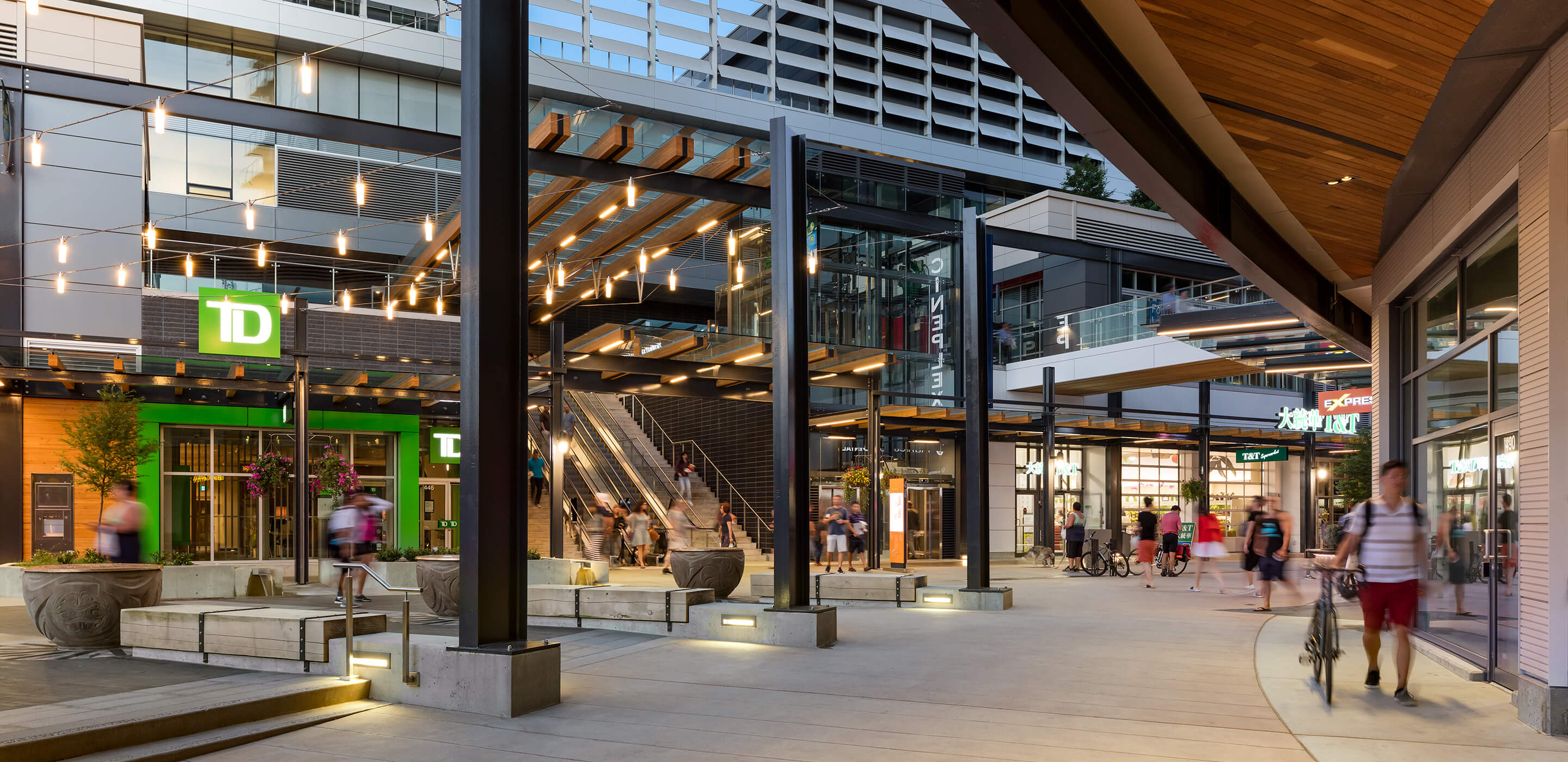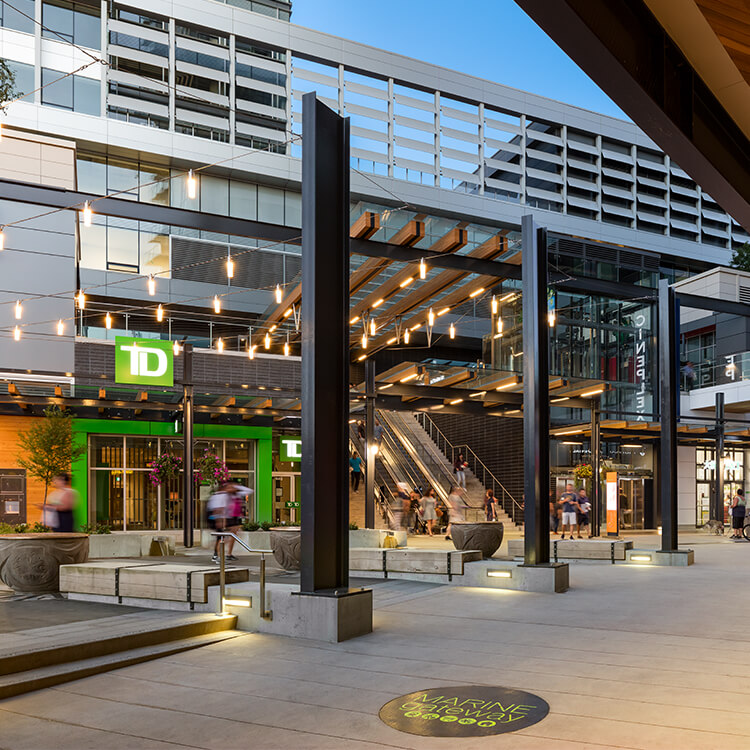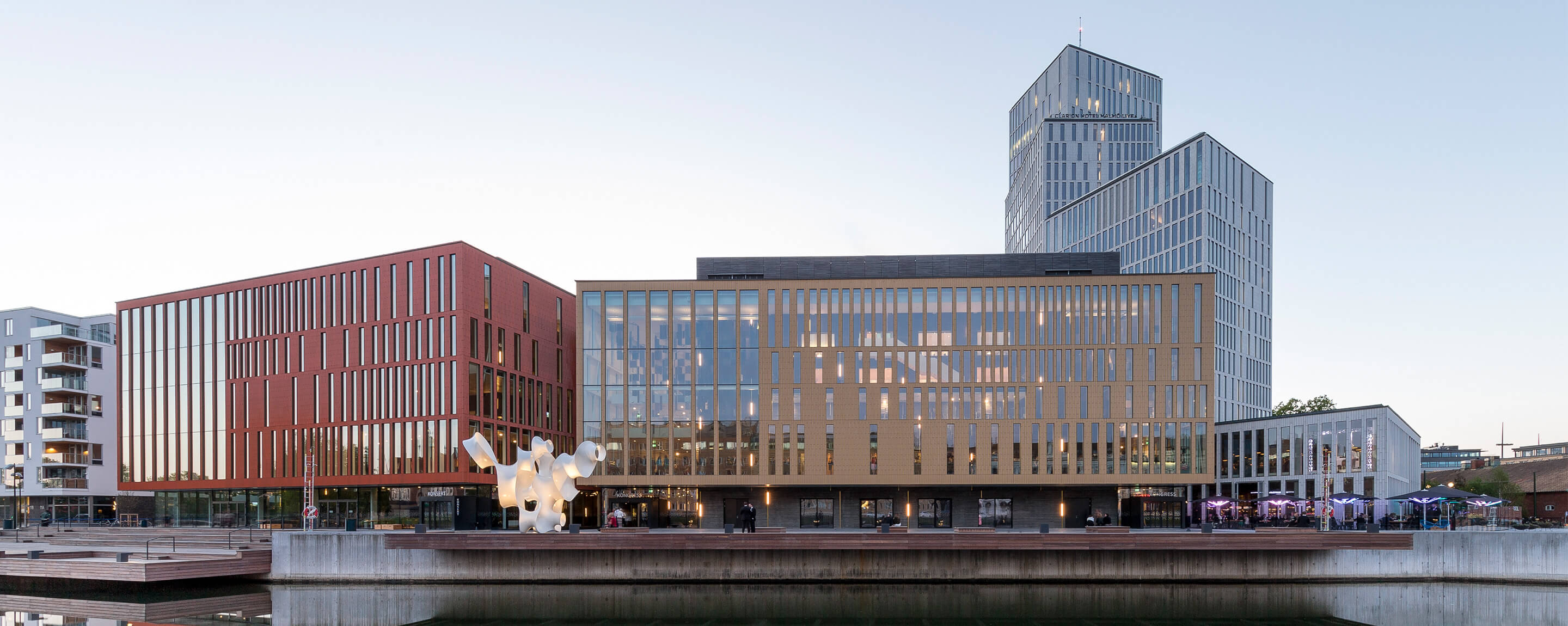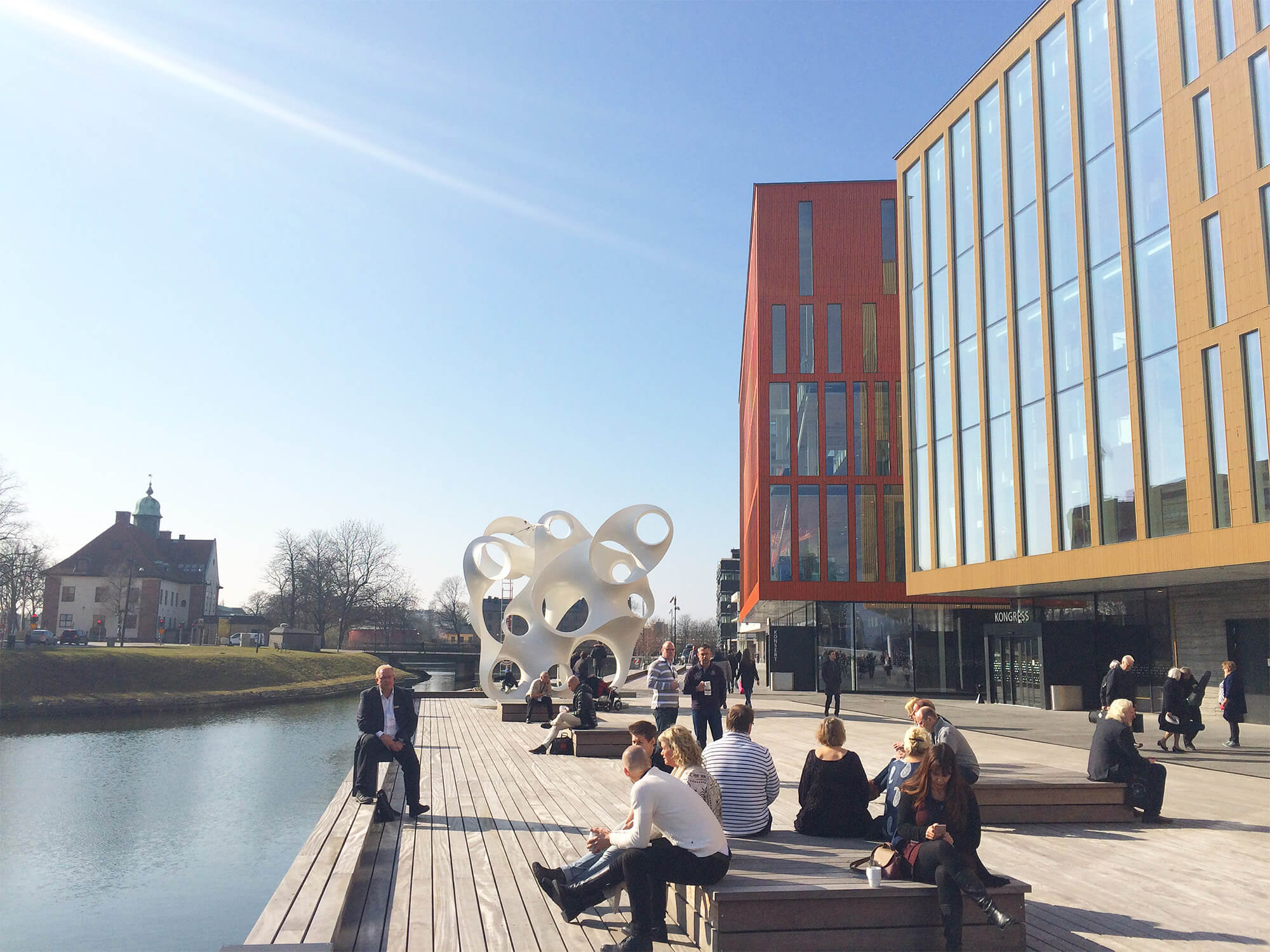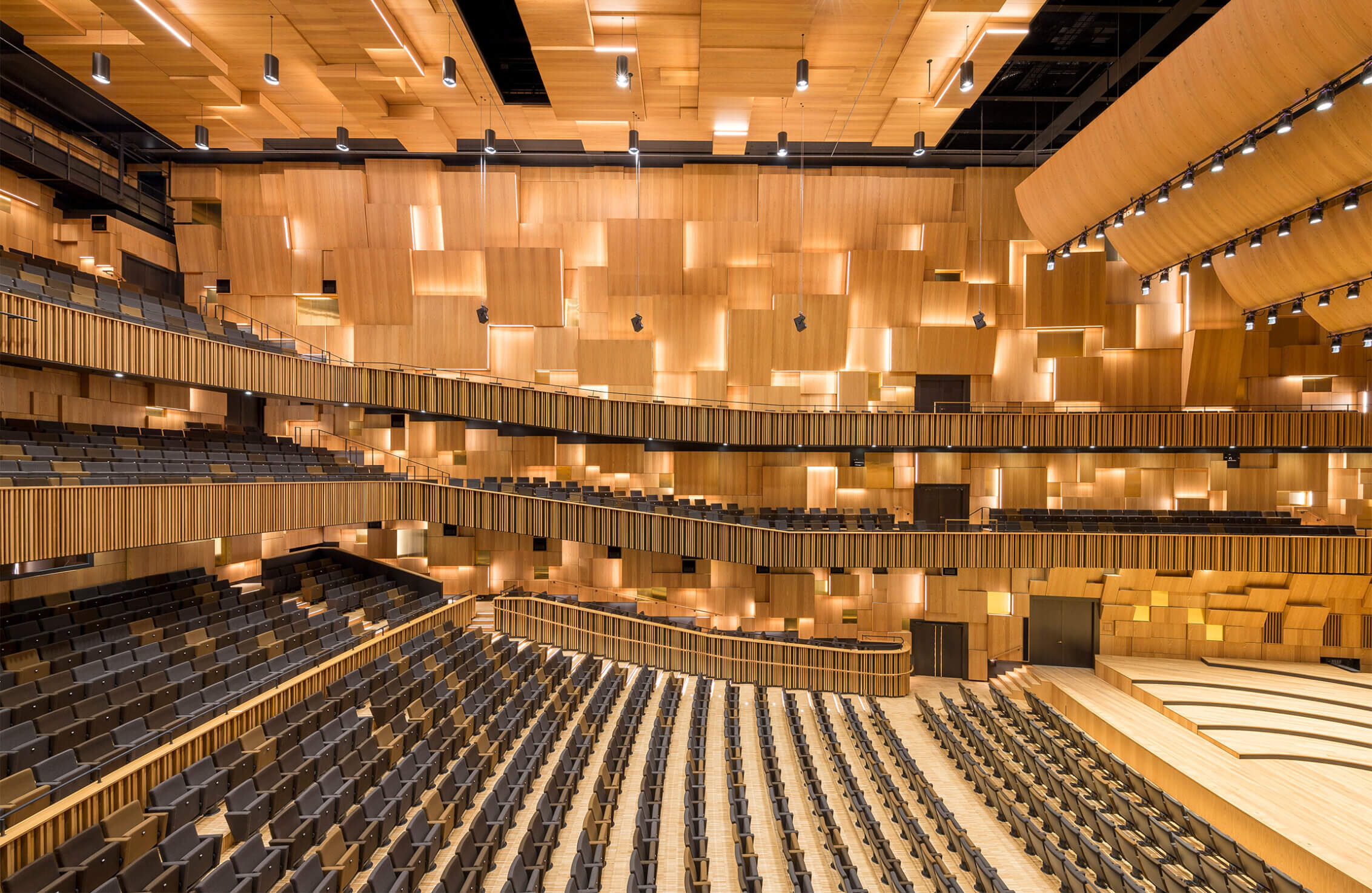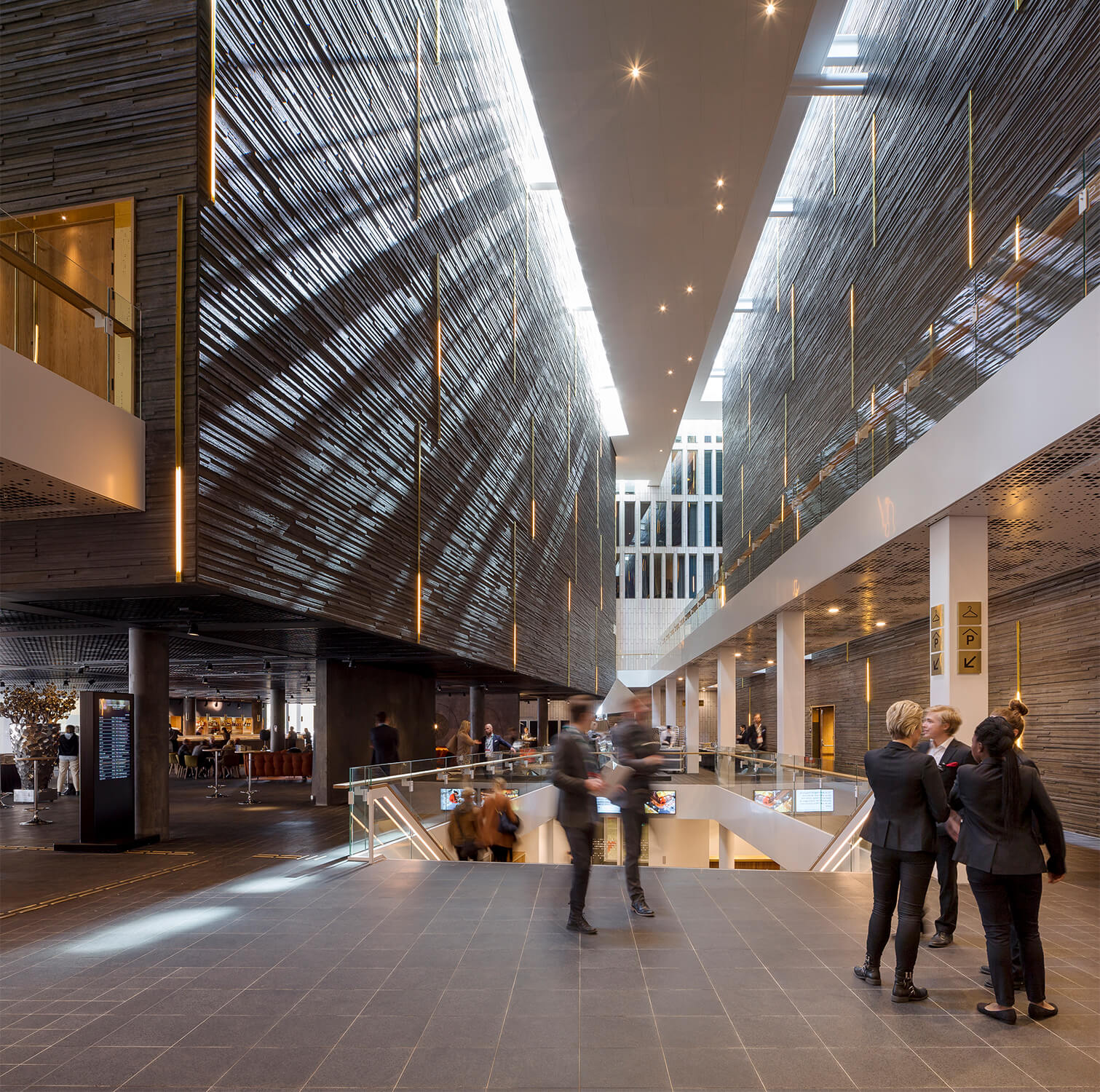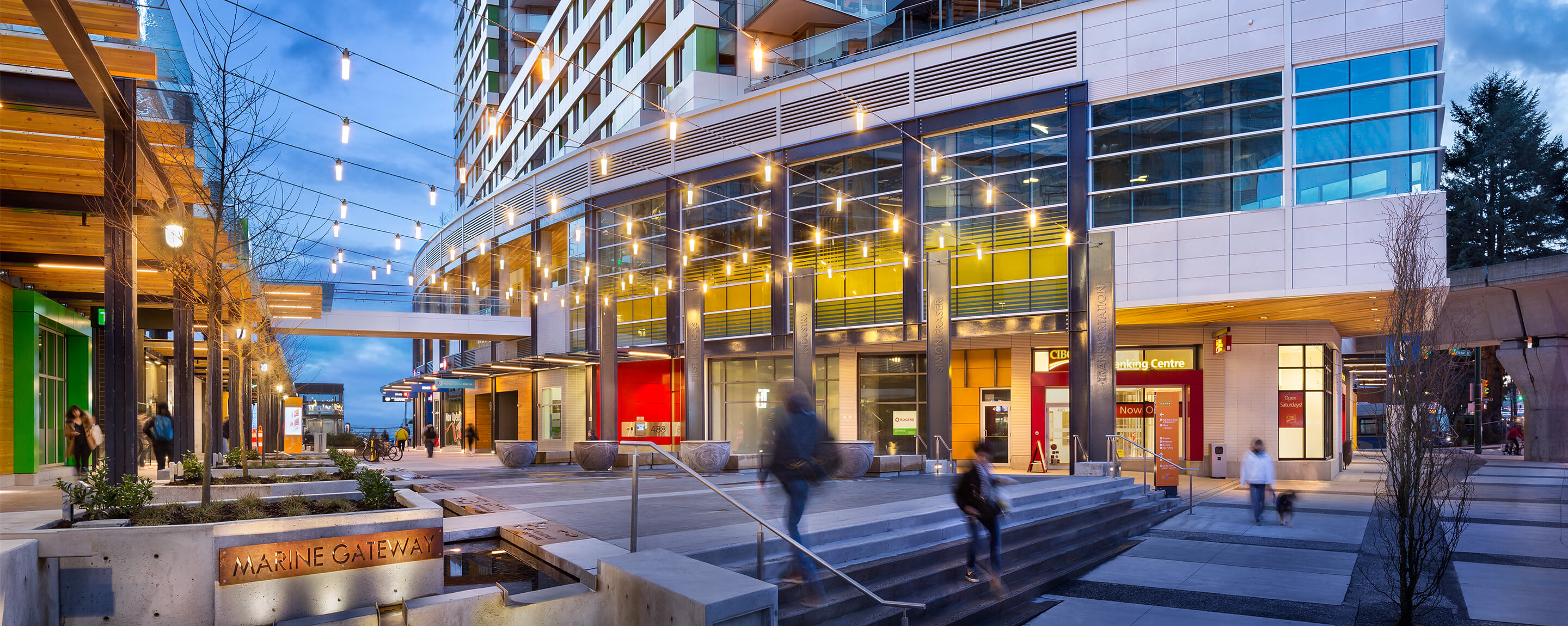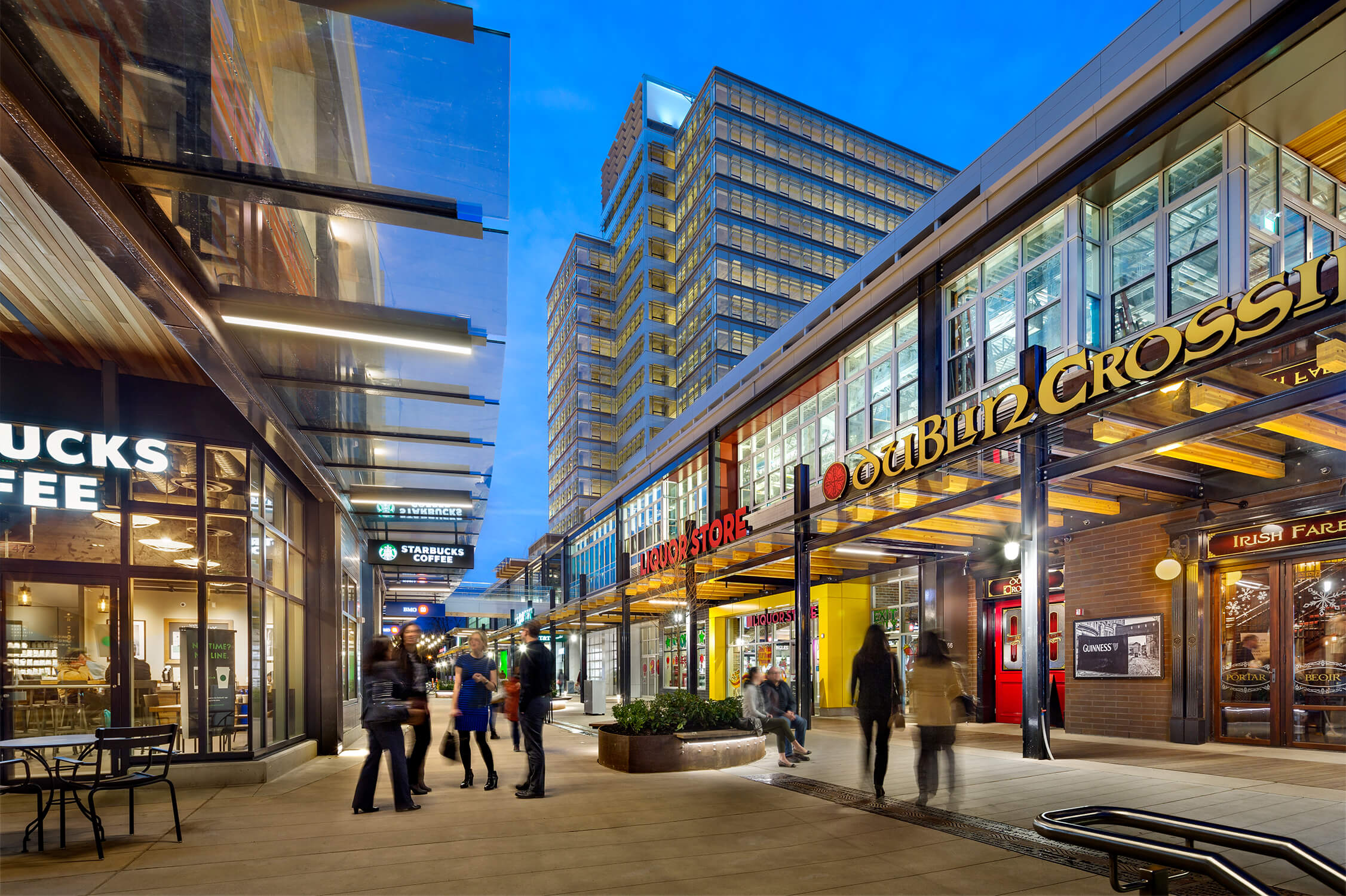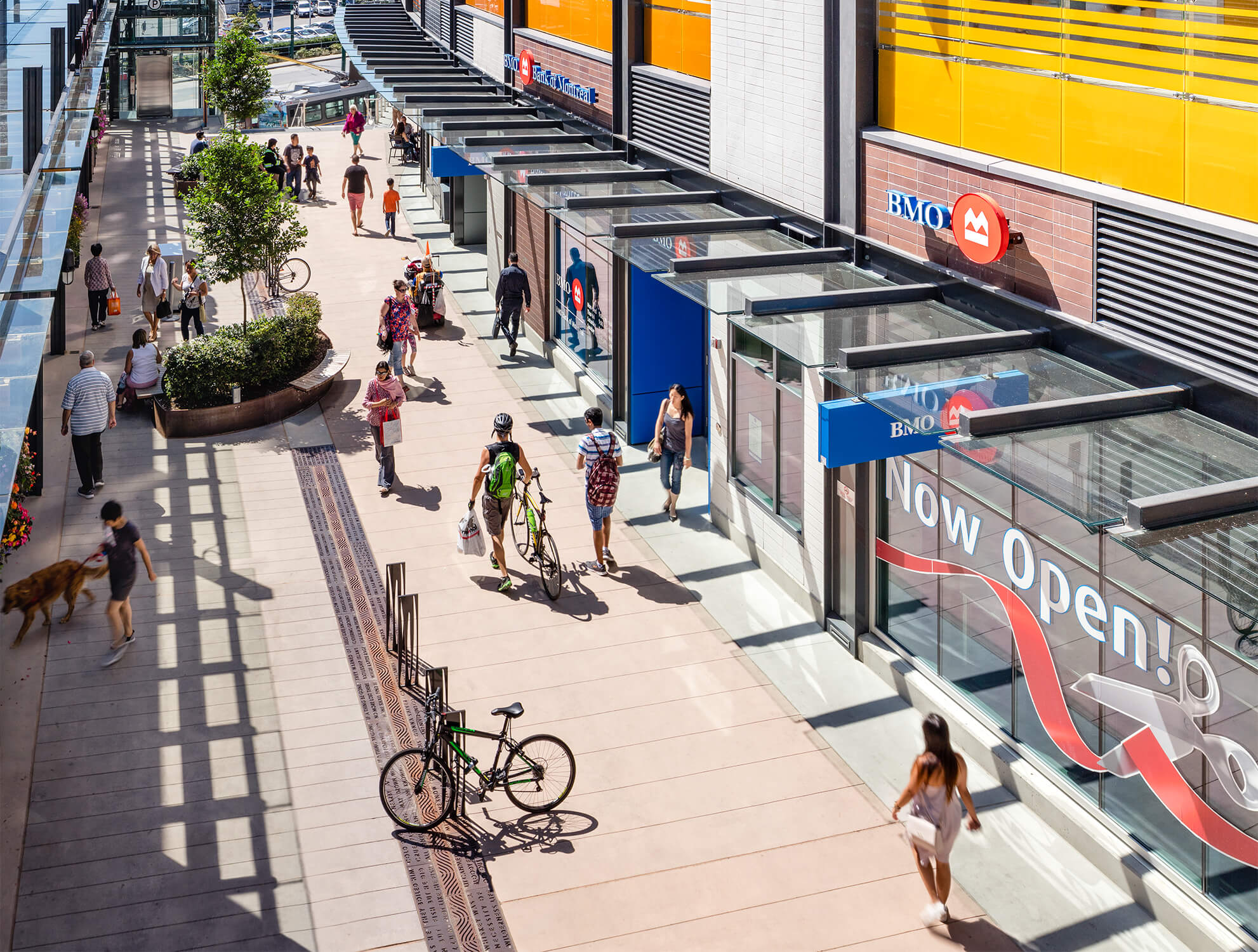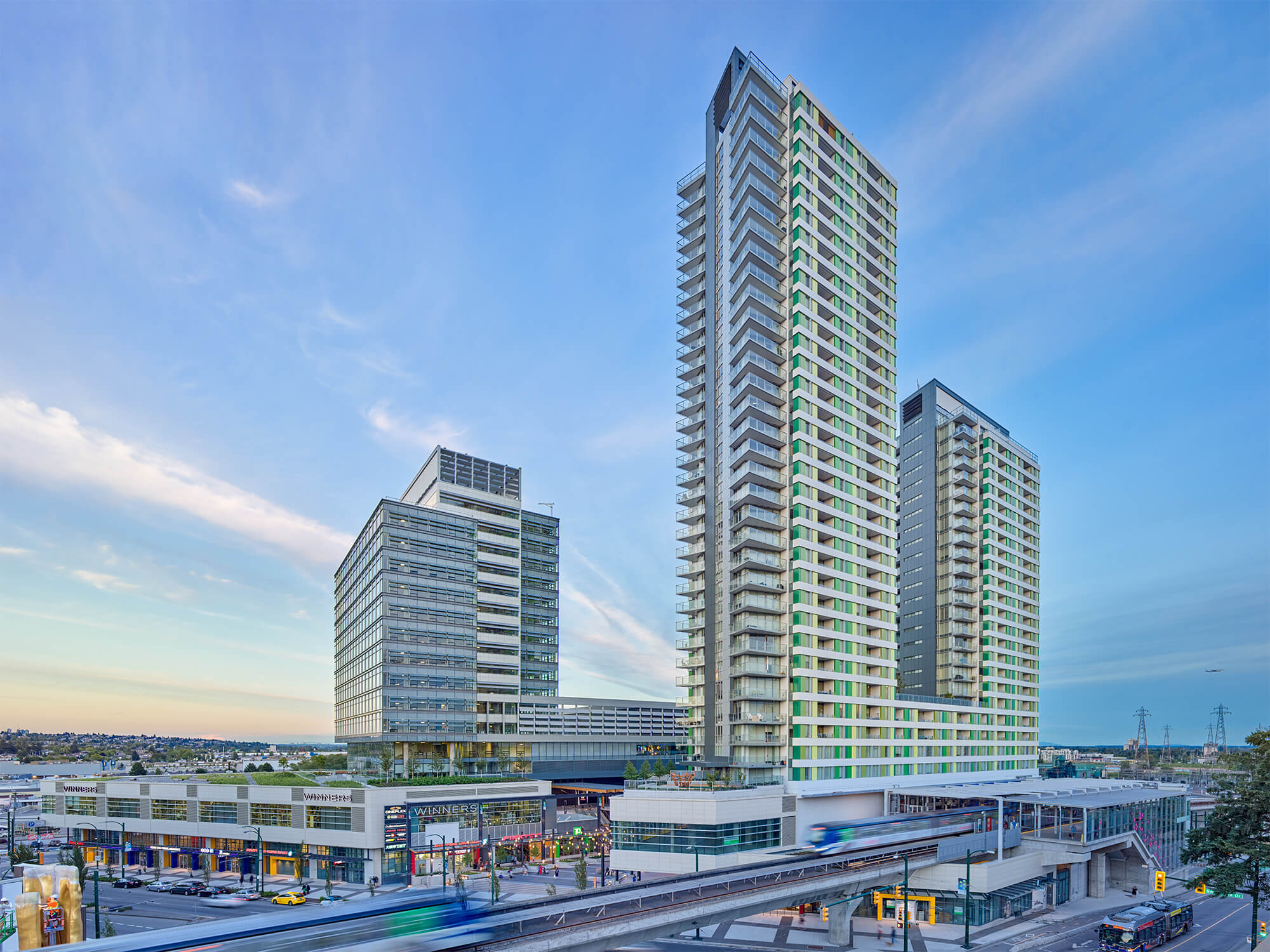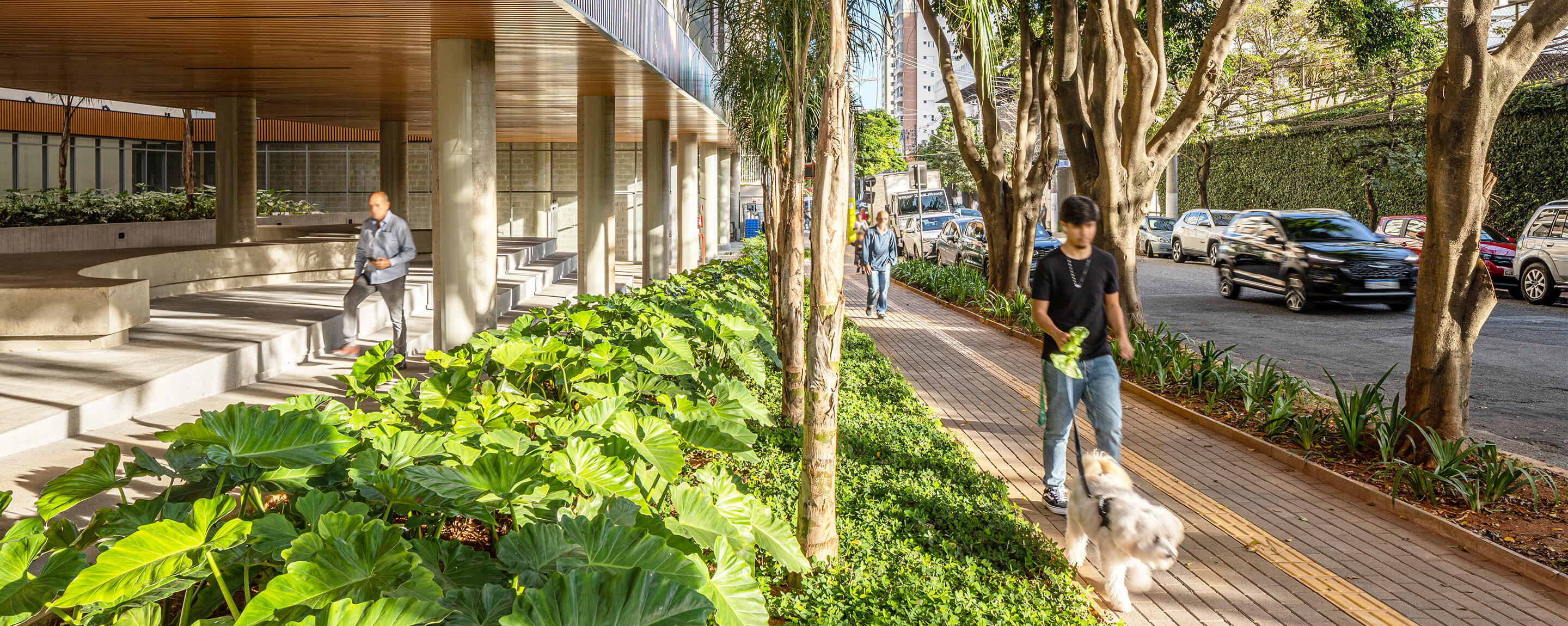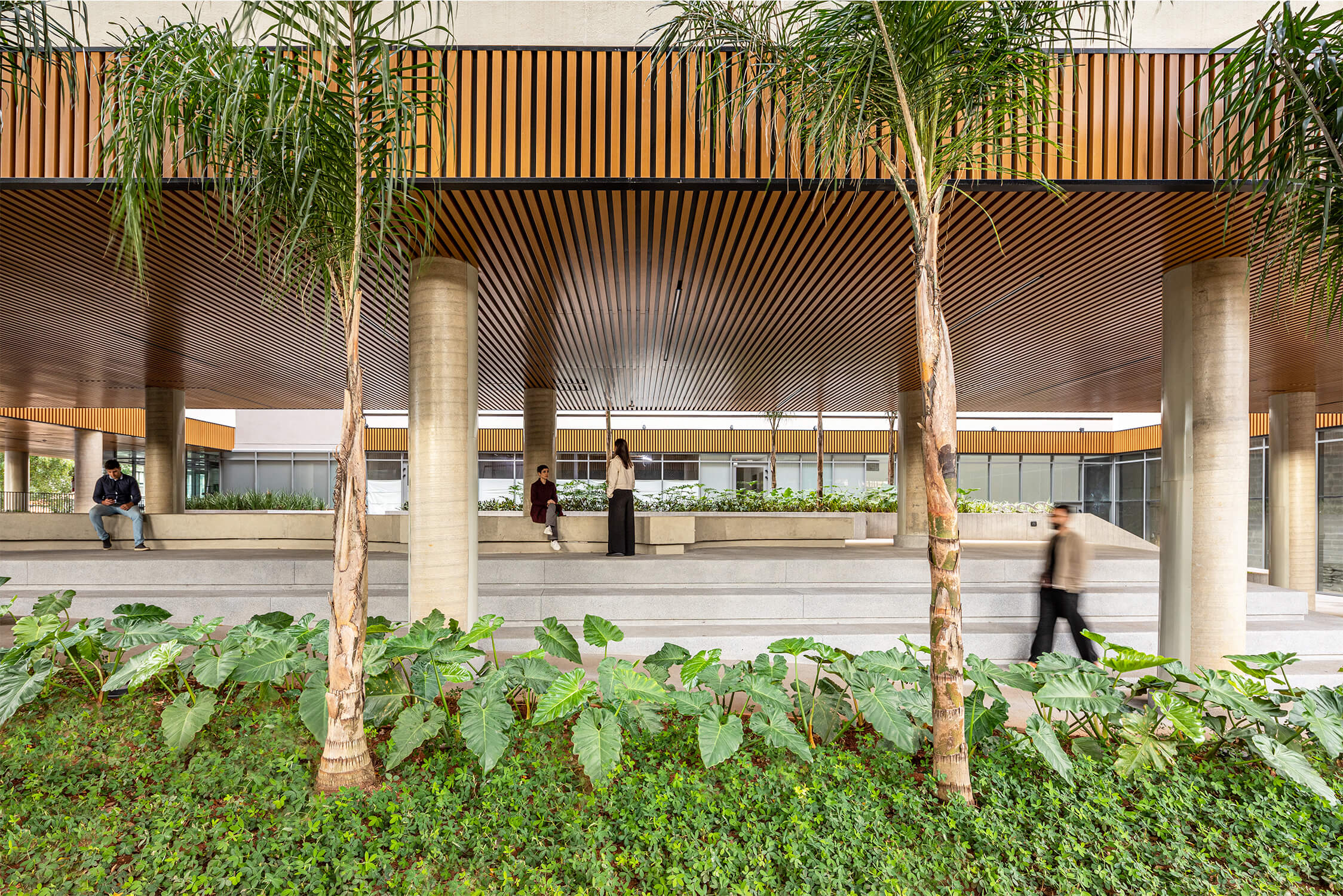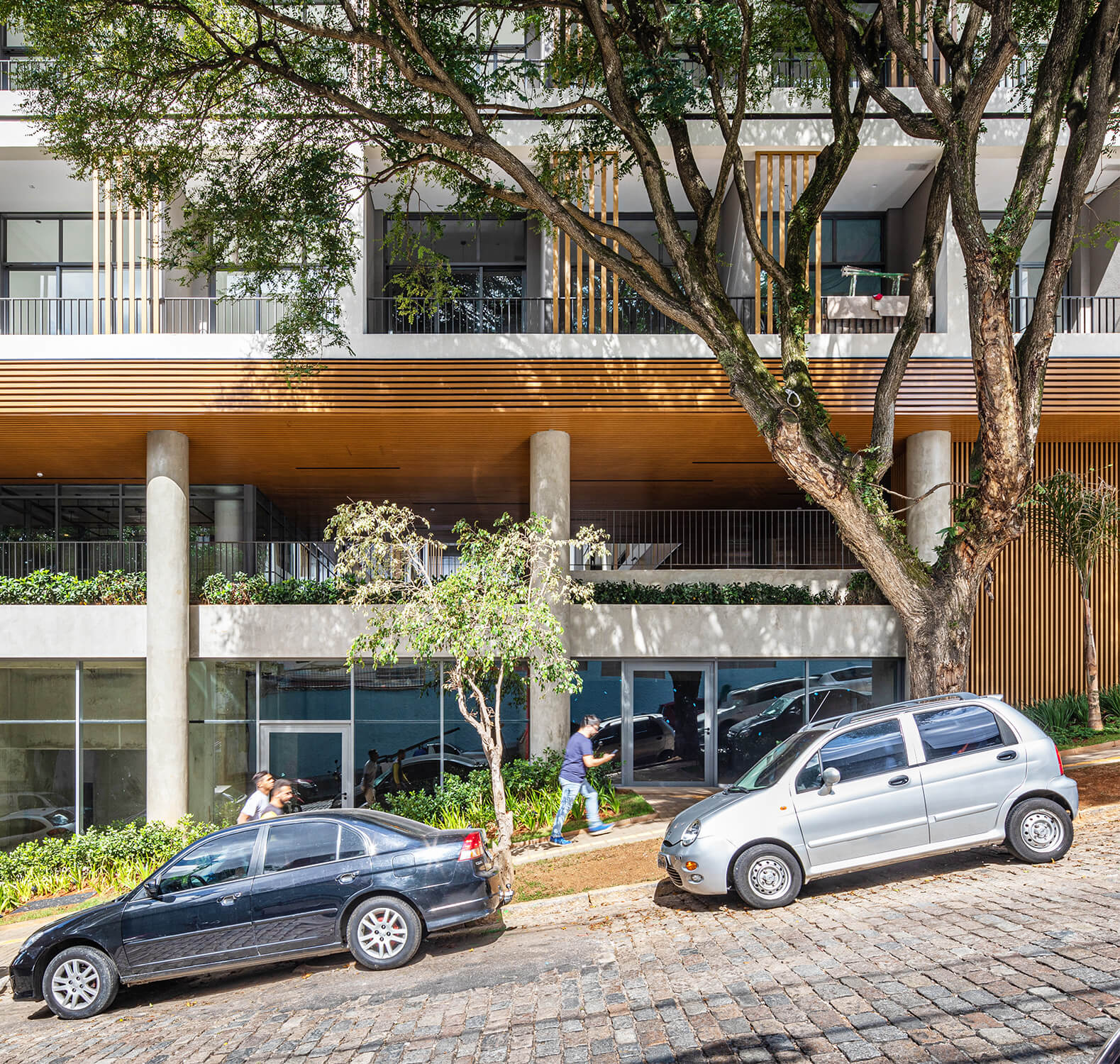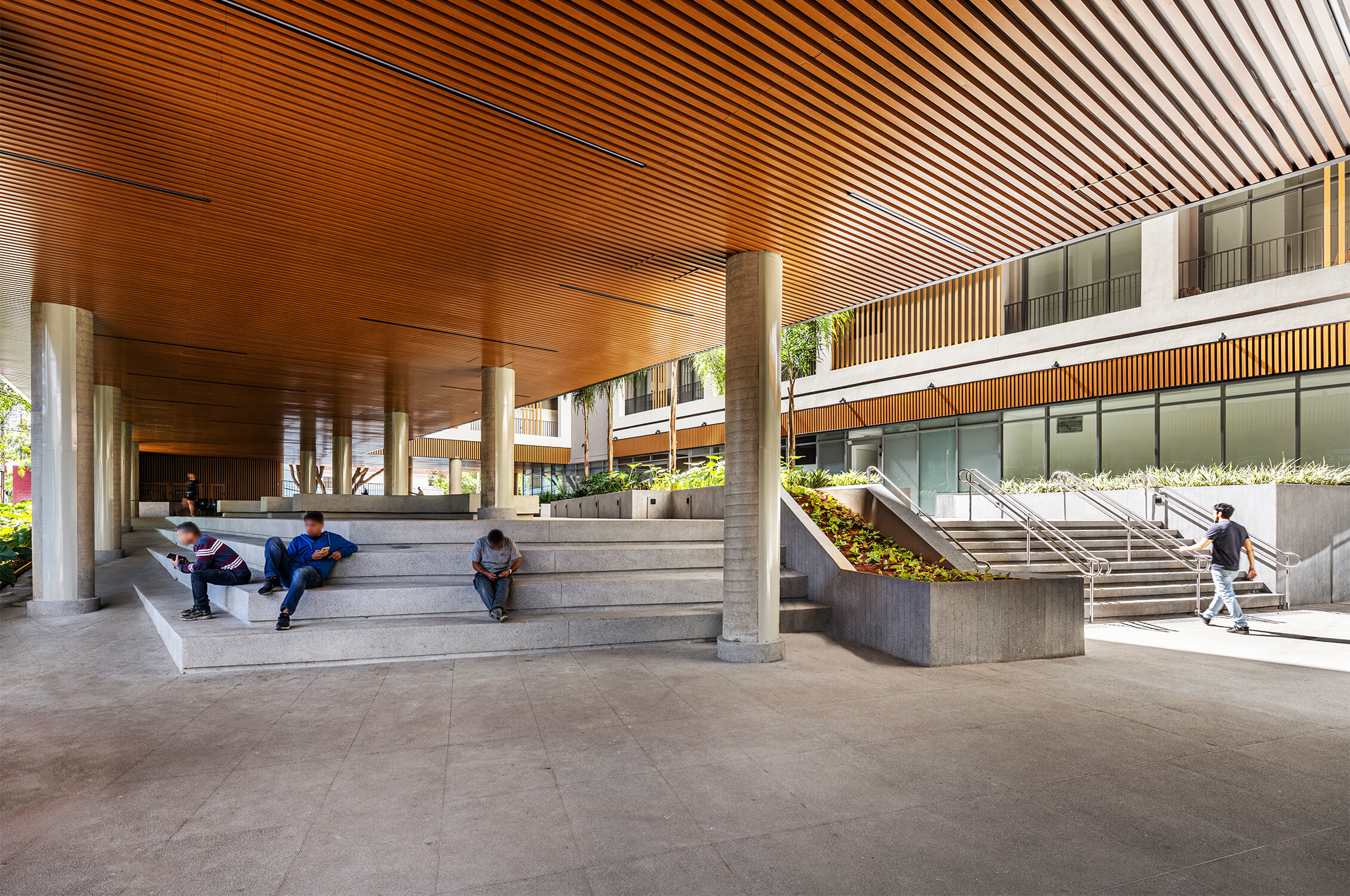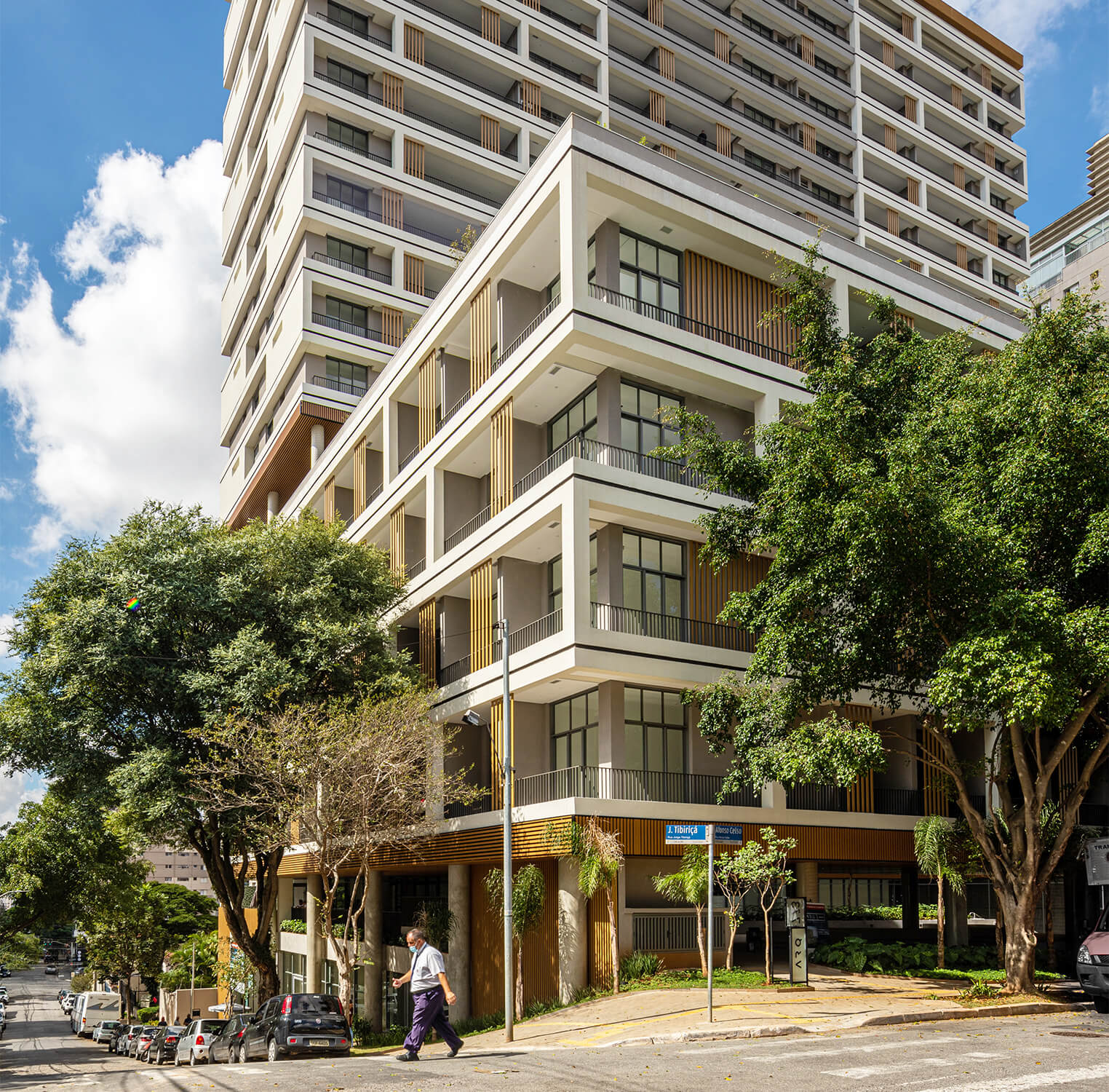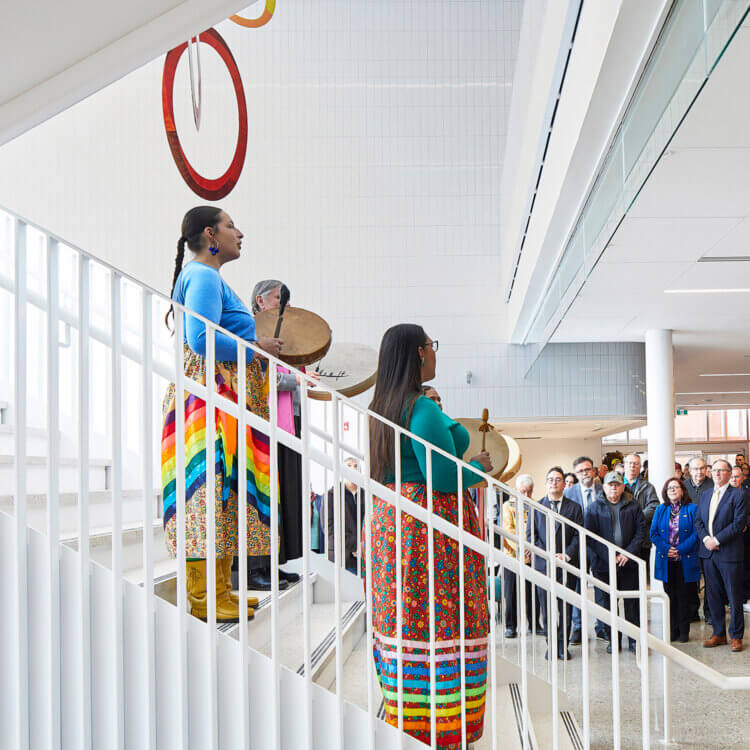When the city of Malmö, Sweden, announced a design competition for a new event center, the global development and construction company Skanska was eager to help enliven the cultural scene in its hometown. “Skanska was founded in Malmö and we have been here for over 100 years,” says Henrik Fajerson, Skanska’s business development director, who lives on the city’s outskirts and was involved in the design from the start. “We know the city, and we saw that this location could provide an important connection between the old town and the new.” Skanska worked with Schmidt Hammer Lassen, now Perkins&Will’s Copenhagen studio, and their winning design was built in 2015.
Malmö Live is a multi-use development, integrating a concert hall, a hotel with two restaurants and a coffee shop, and a conference center. Located near the historic city center and adjacent to a popular path along a canal, the building’s ground level is a magnet and a connector for tourists and locals alike.
